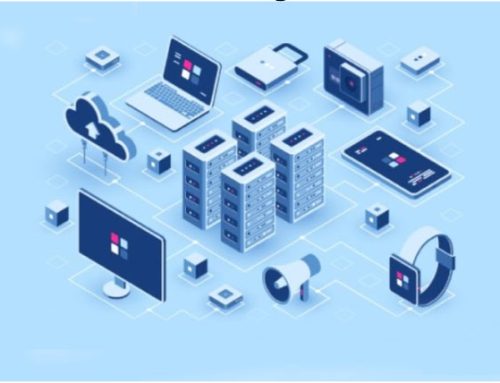
3 Identity And Access Management (IAM) Trends IT Leaders Should Anticipate
Identity and Access Management (IAM) trends are evolving so quickly that it is difficult for IT leaders to manage them. Just when many employees are starting to accept multi-factor authentication (MFA) and the usage biometrics, an entirely new set of evolving IAM systems where discussed at the Gartner Identity and Access Management Summit in December 2018.
The reliance on digitalization in every aspect of our life and the widespread adoption of the cloud leads to more opportunity for cyber threats. For IT leaders, the risks are great for data breaches but these IAM trends can help.
The 3 Top IAM Trends to Evaluate
Next-generation adaptive access services
According to Gartner, one of the most pronounced trends in IAM today is the ubiquitous use of analytics. “Whereas traditional adaptive authentication was rule-based, the next generation of adaptive access services combines rules with machine learning and advanced analytics,” says Paul Rabinovich, senior director at Gartner. “Rules are useful but limiting. You may not have thought of all possible scenarios.”
For example, unsupervised learning is good at anomaly detection. An organization can establish a baseline for a user or a group of “similar” users, and it can detect that today the user is behaving differently and take corrective action.
Privileged access management (PAM) and the 5 “W’s”
PAM is one of the most critical security controls to implement according to Felix Gaehtgens, Research Director in Systems, Security and Risk at Gartner.
With implementing PAM controls, IT leaders can reduce the attack surface. The reduction doesn’t necessarily mean elimination, because access credentials are hidden everywhere.
“Think about the five “W’s” of privileged access — who, when, where, why and what.
Organizations make the mistake of assuming they can manage privileged access in the same way they manage regular access,” says Gaehtgens. “Instead they must think about the five “W’s” of privileged access — who, when, where, why and what — and adopt a new operational model for PAM, one that emphasizes purpose-driven, just-in-time privileged access.”
Decentralized Identity
“The number of identities for people, things, services, and robotic process automation bots keep growing,” says Gartner senior director Homan Farahmand. “And the walls between identity domains are blurring IAM architecture.”
The underlying technologies are due for a radical transformation in the coming years to leverage the accelerating pace of digitalization and deeper privacy and compliance requirements, such as the EU’s Global Data Protection Regulation (GDPR).
Blockchain-enabled identities and decentralized identity are forcing IAM systems to allow users to create, prove (via trusted third parties), and register their own identity and related relationship identifiers to utilize digital services. “For organizations, this will reduce their costs and operational risks by eliminating the need for siloed/replicated identity repositories and data,” says Farahmand. “Gartner estimates decentralized identity services to be generally ready for broad production scenarios in 2020.”
Cybersecurity – Partner With the Experts at ASB Resources
Cybersecurity is not just a problem for the IT department, it goes to the health and growth of the entire organization. That’s why it is essential to partner with cutting-edge cybersecurity professionals who can help you keep up with even the most complex and sophisticated threats. Contact the cybersecurity professionals at ASB Resources today.








